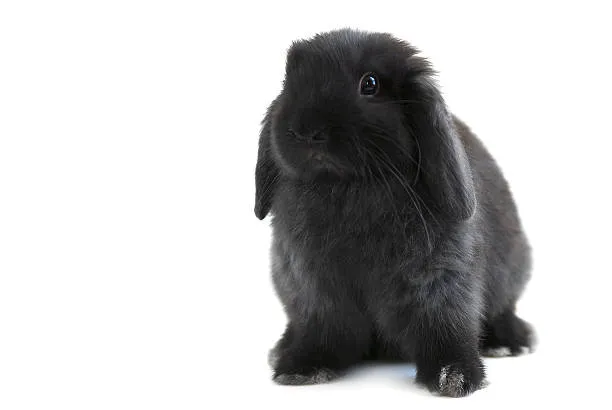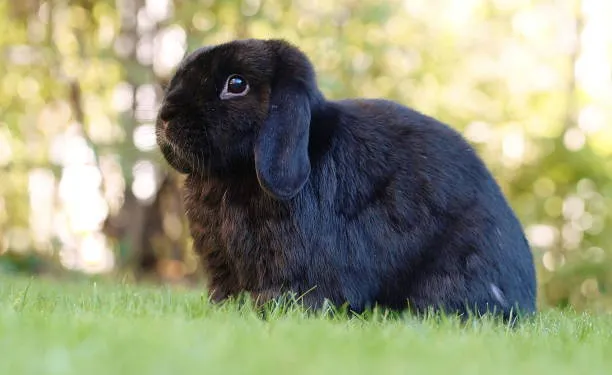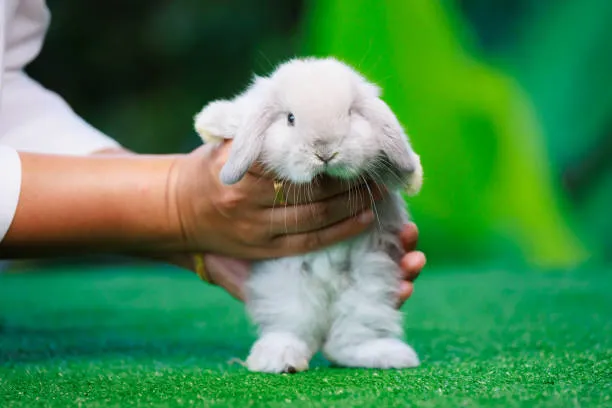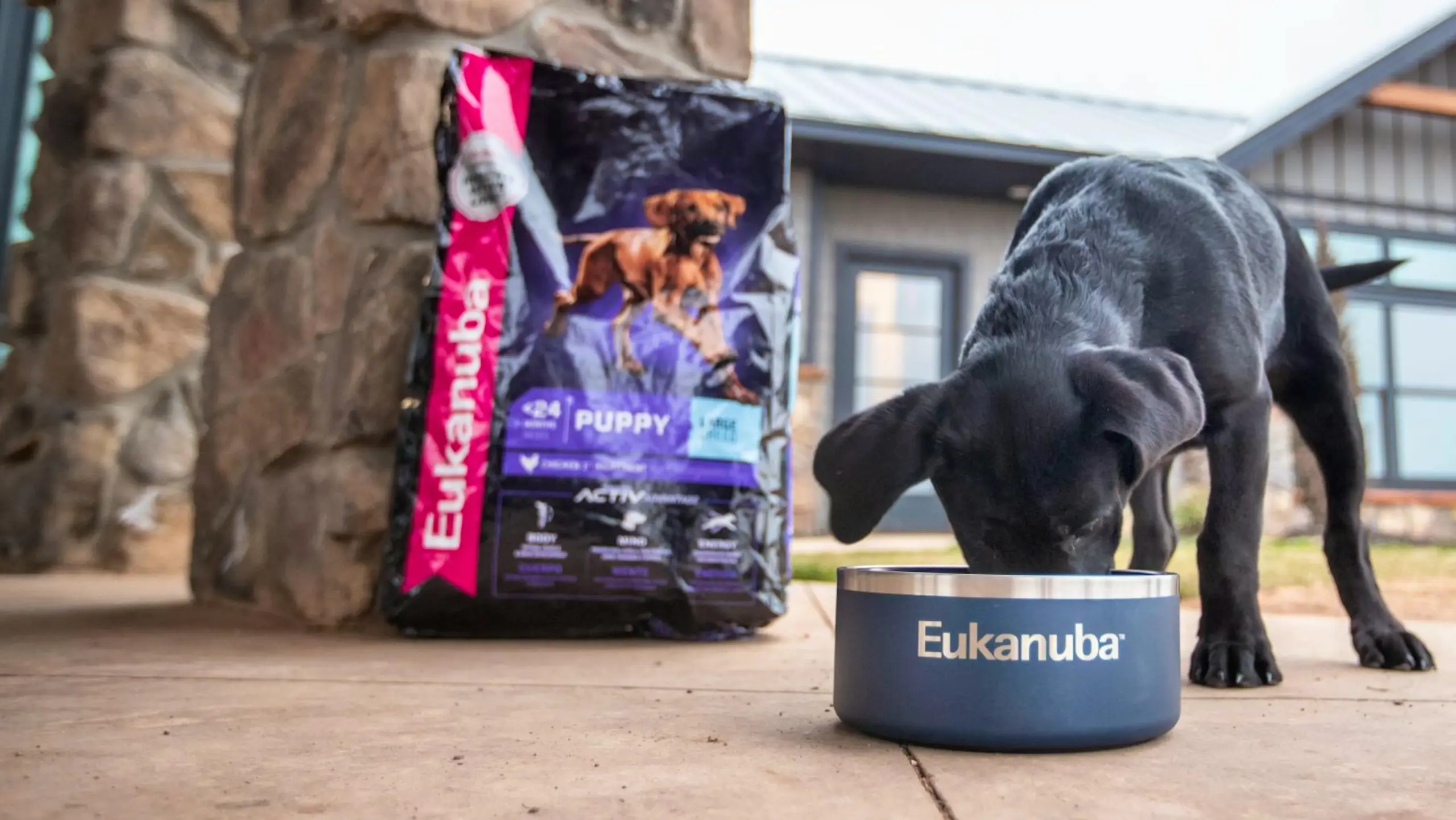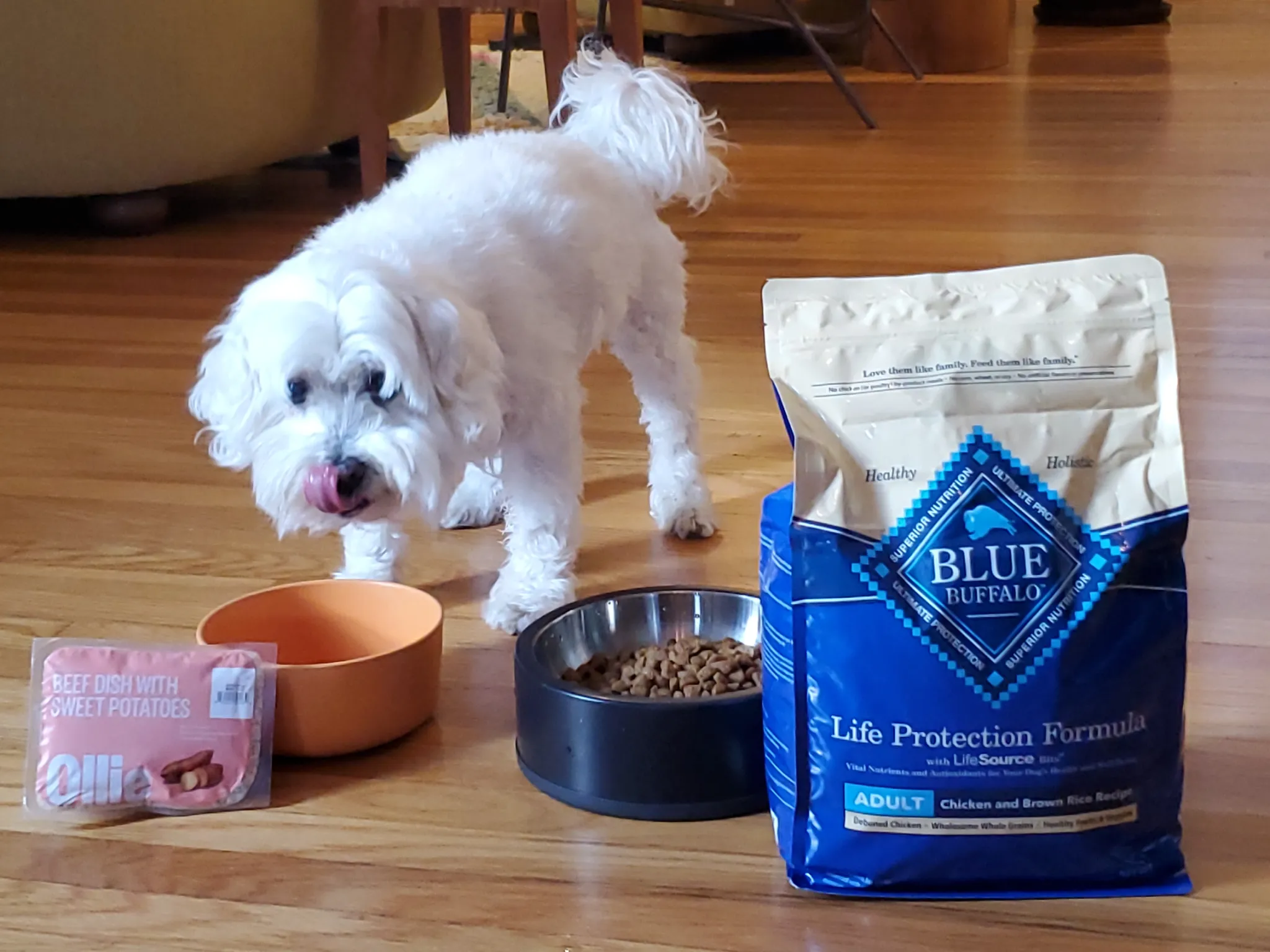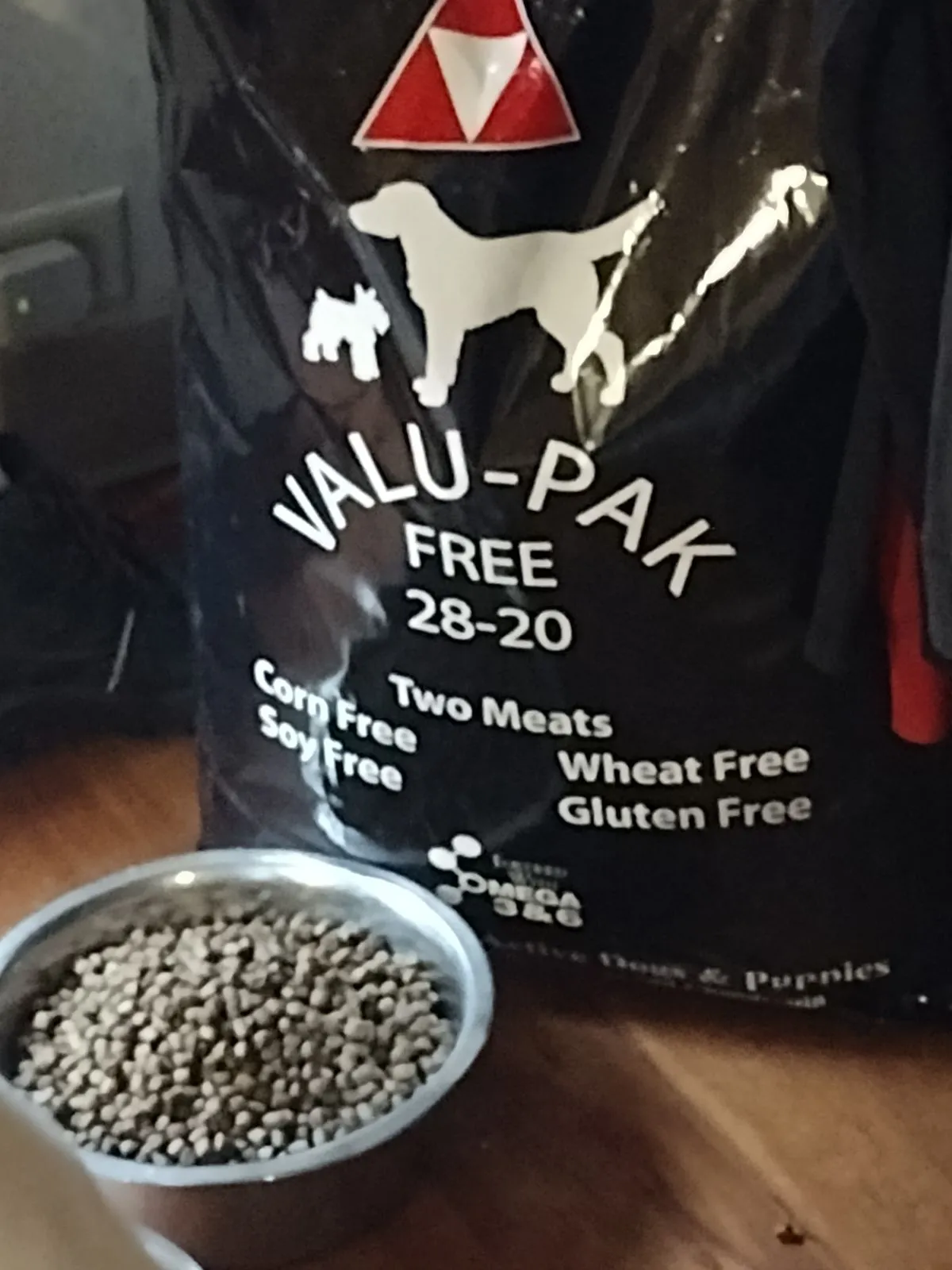The Holland Lop rabbit is one of the best domestic rabbit breeds in the world. These rabbits can easily be recognised by their small size and their signature floppy ears. Holland Lops continue to win the hearts of pet owners, rabbit fanciers, breeders, and families alike.
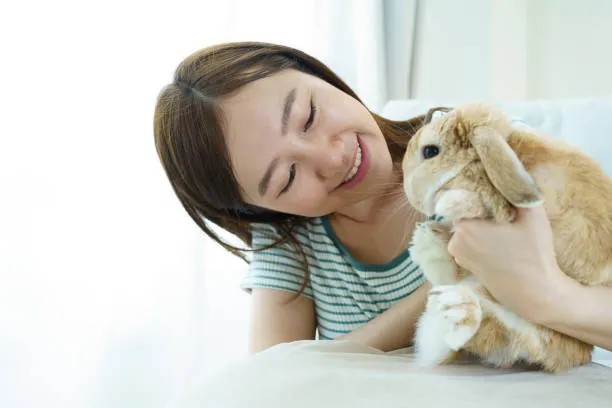
These small bunnies are especially adored for their ease of care, cuddling, and their cute looks. Developed through selective breeding to retain the soft charm of larger lops in a smaller package, the Holland Lop is a great choice for both first-time rabbit owners and experienced caretakers.
Their gentle disposition and playful demeanour make them ideal house companions. Whether you’re looking for a show rabbit, a family pet, or a furry friend to brighten your home, the Holland Lop rabbit offers an appealing mix of traits that suit nearly every lifestyle.
Holland Lop Rabbit Origin and History
The Holland Lop rabbit was created in the Netherlands during the 1950s. Dutch breeder Adriann de Cock endeavoured to cross a French Lop with a Netherland Dwarf to create a rabbit that would have the outgoing, friendly temperament and droopy ears of the French Lop but in a smaller, compact body.
Early breeding attempts yielded rabbits with erect ears and combination characteristics, so de Cock added English Lop genetics to help achieve lopped ears.
Through generations of selective breeding and development, the Holland Lop evolved as de Cock had planned. It was legally recognised in the Netherlands by 1964 and was popular in Europe shortly after.
The Holland Lop was introduced to the United States during the 1970s, where in 1979 it was accepted by the American Rabbit Breeders Association (ARBA). The Holland Lop has since become one of the top rabbit breeds both in the show ring and in homes.
Size, Appearance, and Breed Standards

The Holland Lop is a dwarf breed rabbit that typically weighs two to four pounds upon maturity. It has a muscular, compact body to complement its wide head and strongly set legs.
What charms the breed to many is that it has lopped ears that drop along with its cheeks and beautifully frame its round face. They are usually an inch or more wide and are soft and velvety to the touch.
The second of the Holland Lop’s distinguishing markings is the crown—a cartilage ring over the crown of the head that serves to make the ears turn to the sides.
They possess large and expressive eyes, which go well with their naturally friendly face. The coat is thick and rollback in nature, meaning that when brushed in the opposite direction, it rolls back into position, so it is easy to clean with little grooming.
Holland Lops come in a wide variety of colours and patterns. They have the solid black, blue, chestnut, and fawn, and the broken types that feature white and another colour.
Show animals must closely resemble ARBA standards for size, shape, ear carriage, and coat condition, but pet Holland Lops may differ slightly in appearance but are just as charming.
Personality Traits and Temperament
One of the most compelling reasons people choose Holland Lop rabbits is that they are extremely attractive by nature. They are inquisitive, friendly, and affectionate animals.
They prefer being in the company of their humans and bond with their owners right away if treated well and regularly. They snuggle with their owners, cuddle next to them, and even follow them around the house.
Holland Lops have a friendly, energetic temperament. They enjoy exploring new places, jumping onto furniture, and investigating anything that catches their attention.
Most of them also possess a joyful trait known as a “binky,” a sudden, bounding hop and spin in mid-air that is a sign of unalloyed happiness.
They tend to be easygoing, loving rabbits, but each bunny is an individual and has its own personality. Some of them are more reserved or independent, but others are friendly and energetic.
When properly tended to and having a good family, the Holland Lops can become very cuddly and even enjoy being cuddled.
They are very gentle with children and have been a popular family pet for their ease in size and temperament. Proper supervision must be practised, however, to ensure that the children handle them gently and respectfully.
Housing Needs and Ideal Living Conditions
A safe, clean, and stimulating environment is perfect for Holland Lop rabbits’ health. The rabbits can be safely kept in indoor rabbit-proofed rooms or cages where they are inaccessible to household hazards.
The cages should be large enough to provide room for walking, stretching, and getting around without any constraints. The minimum living area per rabbit should be four square feet, with the additional space for exercise.
The floor of the enclosure should be lined with a comfortable layer of paper-based litter or aspen shavings. Wire-bottomed cages are not to be used, as they cause sore hocks.
They should be given a litter box, a hiding place where they can unwind, and chew toys to prevent boredom. Holland Lops are social and active, so they require a couple of hours of cage-free supervised time each day to run around and play around and interact with their environment.
Temperature and humidity control are also required because Holland Lops are temperature-sensitive creatures. They need to be kept in well-ventilated areas away from drafts or sunlight. Fresh air, fresh water, and natural light exposure will keep them healthy and happy.
Diet and Daily Nutrition Requirements
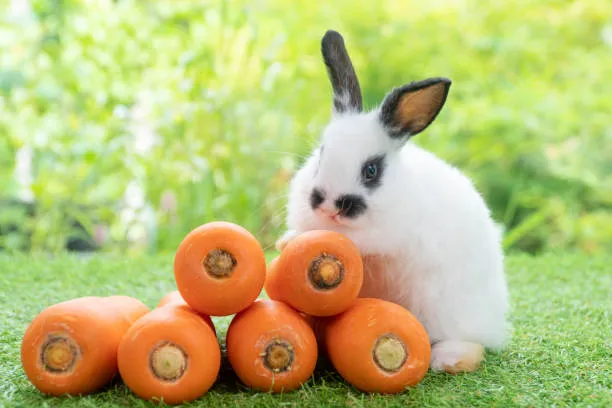
A properly balanced diet is essential to a Holland Lop rabbit’s life and longevity. The staple of their diet and what should make up the majority of their diet is high-quality hay, and if possible, timothy hay, which provides the fibre that not only ensures good digestion but also grinds down their continuously growing teeth.
Fresh hay should always be available and make up the majority of the rabbit’s diet. In addition to hay, Holland Lops can also be fed a balanced proportion of high-fibre pellets specially designed for rabbits.
The pellets should be administered in small amounts to prevent obesity. Leafy vegetables, herbs, and small amounts of occasional bell pepper or carrot provide variety and nutritional value to their diet. Fruits as treats should also be provided in small amounts since they are extremely high in sugar content.
Clean fresh water should be available at all times. There are some owners who prefer water bottles that fit onto cages, while others prefer heavy ceramic bowls that won’t tip over. Regardless of what you choose, daily water changes are necessary to keep the water clean and fresh.
Grooming, Hygiene, and Maintenance
Holland Lop rabbits require minimal grooming, although routine care still needs to be done for optimal health. Their dense-textured rollback coat must be brushed once a week to remove loose hair and prevent hair ingestion, which leads to gastrointestinal problems. More frequent grooming during shedding season is required to prevent matting and hairballs.
Because rabbits clean themselves while in transit, they tend to be clean. Bats are stressful and dangerous for rabbits and can lead to hypothermia or shock. Spot cleaning of a rabbit with a damp cloth is best if cleaning is needed.
Nail trimming must be carried out every few weeks to prevent overgrowth and injury. The ears must be cleaned regularly, especially given their lopped nature, which may permit moisture or detritus to gather.
Dental health must be checked, as misalignment or overgrowth of the teeth can lead to issues. Routine vet check-ups are recommended for the early identification of any illness.
Choosing and Adopting a Holland Lop Rabbit
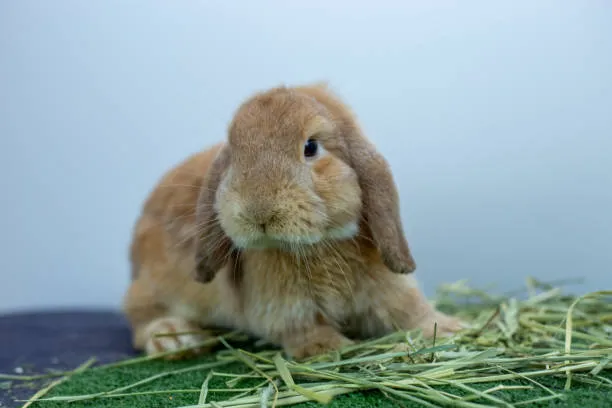
When selecting a Holland Lop rabbit, you do have some options. Reputable breeders, rabbit rescues, and local shelters are all excellent places to begin.
Reputable breeders will introduce you to where the rabbit is kept, discuss health and pedigree, and provide post-adoption support. Rabbit rescues will have many available Holland Lops already socialised and, in some cases, litter-trained.
It is advisable to familiarise yourself with the rabbit before bringing it home and observe its temperament. Bright eyes, clean fur, proper weight, and calm yet alert temperament indicate a healthy rabbit.
Ask about diet, temperament, health, and socialisation history. Never buy rabbits from pet shops or breeders who cannot provide sufficient information about their animals’ care or history.
Health Issues and Veterinary Care
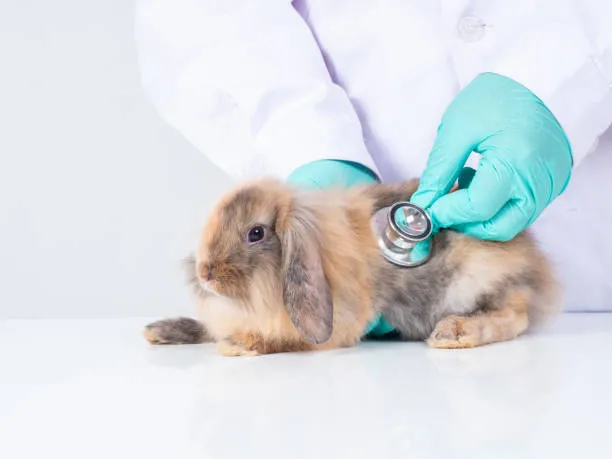
Although Holland Lops are very sturdy, they are beset by some medical issues due to their lopped ears and brachycephalic face. The most common affliction is dental disease.
Rabbits’ teeth continually grow throughout their lifespan, and therefore, any crowding will lead the teeth to overgrow at an excruciating pace. Eating much hay and regular veterinary visits prevent and cure dental issues.
Another problem of concern is gastrointestinal stasis. This occurs when the digestive tract relaxes or shuts down entirely, usually due to stress, dehydration, or insufficient fibre intake. Some of the symptoms include loss of appetite, small or no faeces, and lethargy. Suspected GI stasis requires prompt veterinary care.
Ear infections are more common in lop-eared breeds because of the ear fold, making them susceptible to trapping bacteria and moisture.
Daily checking and cleaning as needed, cut down on this occurrence. Spaying or neutering your Holland Lop not only prevents unwanted breeding but also prevents certain cancers and ends hormone-driven behaviour like spraying or aggression.
Lifespan and Long-Term Commitment
With proper care, the Holland Lop rabbit will survive between seven and ten years on average, but can live longer. Adopting a rabbit is a long-term commitment that includes daily care, periodic maintenance, and budgeting for supplies and veterinary visits.
They are not minimal-maintenance pets and require just as much time and affection as cats and dogs. It’s important, before adopting a Holland Lop, to consider whether your lifestyle will be able to support a rabbit. They must be fed, cleaned out, and socialised, and also checked on regularly for their health.
Their calmness and quiet nature typically render them ideal for apartment living, but they are best suited to homes where they are given consistent love and attention.

